Elon Musk’s SpaceX has emerged as a dominant force in the space industry, controlling nearly two-thirds of the planet’s active satellites. With the rapid expansion of the Starlink satellite network, Musk’s vision for global internet coverage is quickly becoming a reality. As of today, SpaceX has launched over 7,000 Starlink satellites, with plans to send nearly 40,000 more into orbit in the coming years.
Table of Contents
The Rise of Starlink: A Game-Changer for Global Internet
In just three years, Starlink has seen unprecedented growth, expanding its satellite network by more than six times. Initially envisioned as a solution for providing high-speed internet to underserved and remote areas, Starlink now operates in over 100 countries. Its user base has grown to over three million customers worldwide, all of whom connect to the service through a specialized ground-based dish.
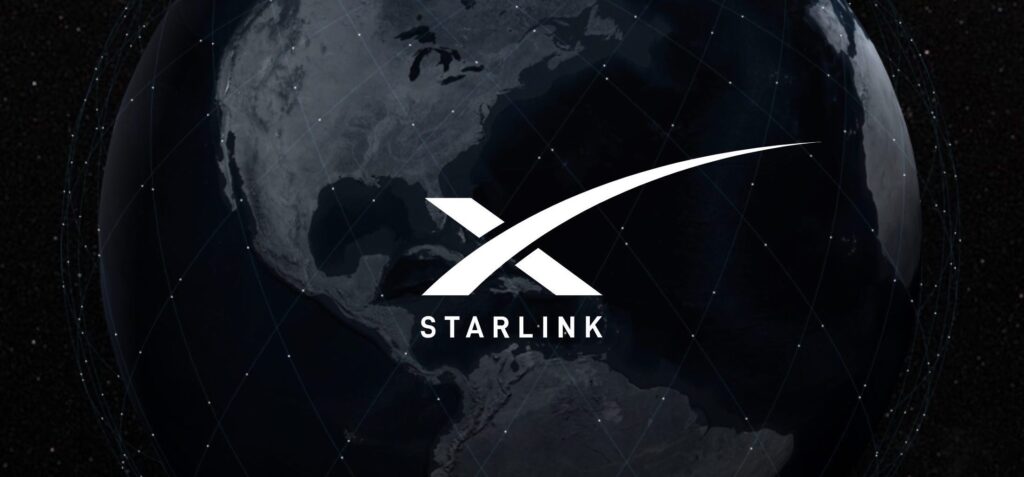
Each Starlink satellite orbits the Earth, providing high-speed internet with low latency, even in the most remote corners of the globe. SpaceX’s relentless pace of launches has made Starlink the most extensive satellite constellation ever created.
Read this also: Tirupati Laddoo Scandal Shocks Devotees: Animal Fat Allegations Spark Outrage Over Sacred Prasadam
However, SpaceX’s plans for Starlink are far from complete. The company aims to launch an additional 42,000 satellites, drastically expanding its network and coverage capabilities. As more countries come on board, Starlink aims to provide internet access on a truly global scale.
Expanding Reach: What’s Next for Starlink?
While Starlink operates in over 100 countries, its service is still unavailable in a few notable regions like China, Russia, and North Korea. However, Musk and SpaceX have their eyes on expanding into even more territories in the coming years, bringing the service to areas previously unreachable by traditional internet providers.
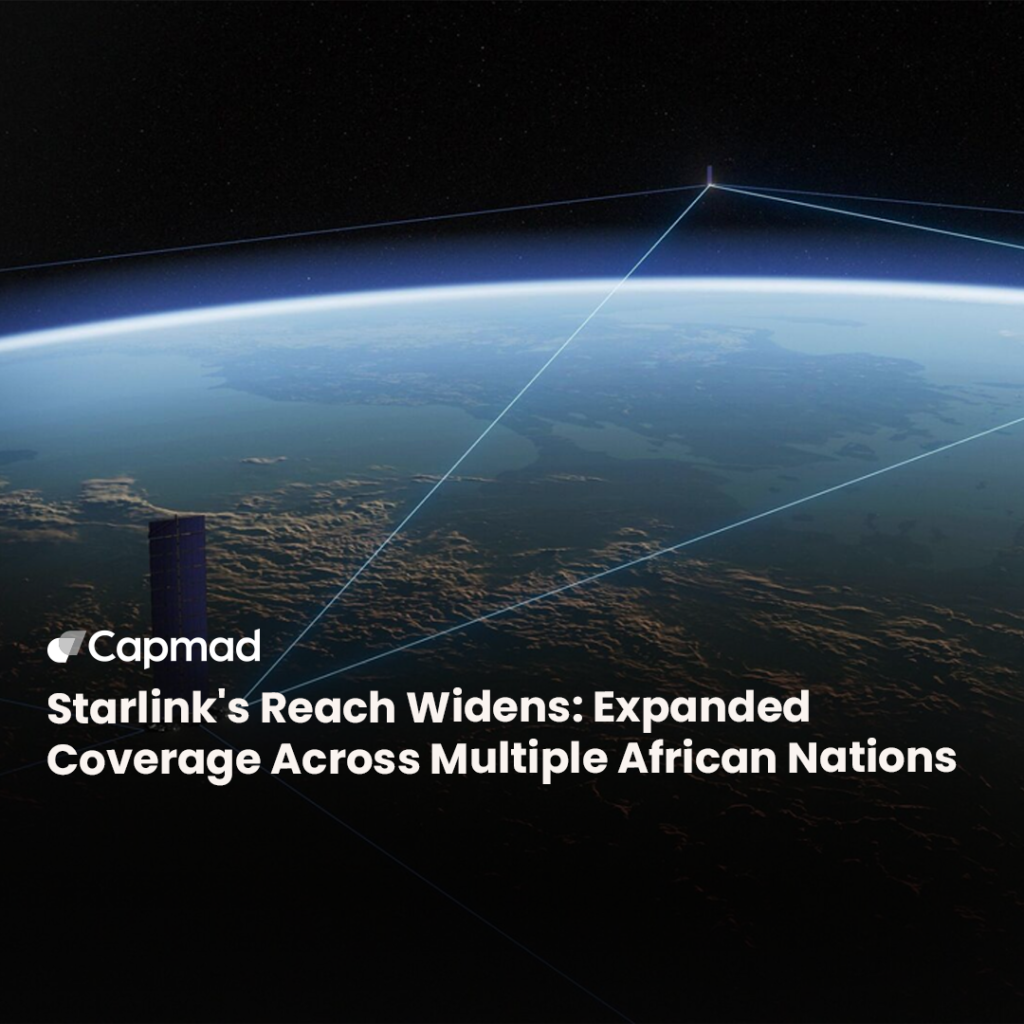
One of Starlink’s most groundbreaking upcoming projects is its collaboration with T-Mobile. By the end of 2024, T-Mobile customers will be able to access the internet directly through Starlink satellites, eliminating the issue of “dead zones” where cell towers can’t reach. This technology will enable users to send texts, make calls, and browse the web using a satellite network that acts like a cell tower in space—without the need for special hardware or apps.
Read this also: GIFT City: India’s Emerging Global Finance and Tech Hub with a Futuristic Vision
SpaceX has also launched satellites equipped with “Direct to Cell” technology. These satellites are capable of connecting directly to cellphones, offering coverage in areas that lack traditional cell towers, marking a significant leap in global communication technology.
The Power and Influence of Musk’s Satellite Network
With over 62% of all active satellites now under Musk’s control, questions about the influence he holds in space and communications have started to surface. Musk himself has acknowledged the power he wields, once tweeting, “Between Tesla, Starlink, and Twitter, I may have more real-time global economic data in one head than anyone ever.”
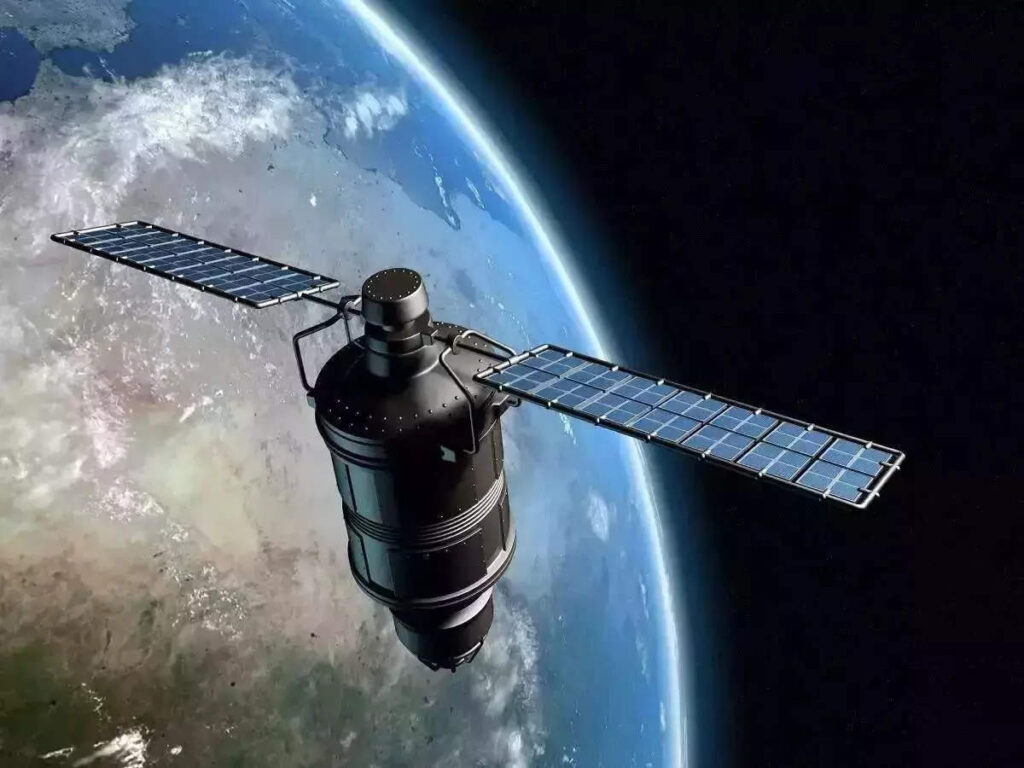
Musk’s control of two-thirds of all satellites raises questions about his influence; pic credit: The Economic Times
Musk’s increasing influence in space communications has led to both awe and concern. With the ability to impact global internet access and data flow, Musk’s role as a key player in the space industry continues to grow.
Read this also: Elon Musk on Track to Become World’s First Trillionaire: A Financial Milestone in the Making
SpaceX’s Ambitious Plans Beyond Starlink
Starlink may be one of SpaceX’s most public-facing projects, but the company has even grander plans. On September 14, 2024, SpaceX launched 21 more Starlink satellites aboard its Falcon 9 rocket. This launch marked the company’s 85th mission of the year and its 7,000th Starlink satellite in orbit. The company also made history with its Polaris Dawn mission, the first private spacewalk in history. The crew traveled further from Earth than any other mission since the Apollo era and sent a message back to Earth using Starlink’s satellite network.
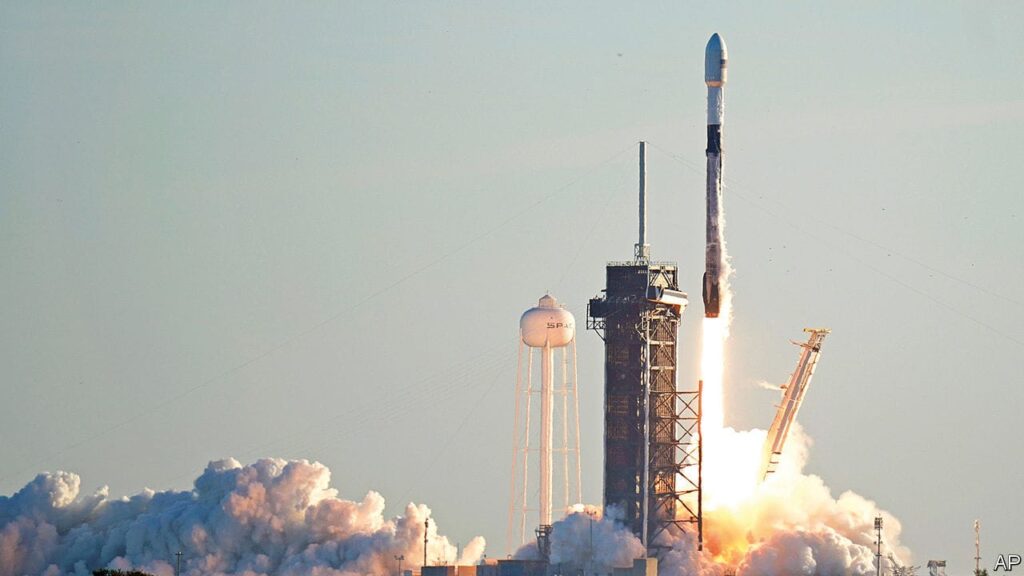
Beyond Starlink, SpaceX is also heavily involved in various NASA missions. One of the most anticipated missions is the Europa Clipper, a complex exploration of one of Jupiter’s moons. For this, SpaceX is working closely with NASA, deploying both its Falcon 9 and Falcon Heavy rockets to carry out the mission.
Read this also: PM Narendra Modi’s Visit to the US: Key Agendas and Strategic Objectives
Looking Ahead: SpaceX’s Future in Space Exploration
With its extensive satellite network and ambitious plans for space exploration, SpaceX is redefining the space industry. The company is not just focused on internet services but is setting the stage for a future where private companies are leading in space travel, exploration, and global communication.
As SpaceX continues to launch more satellites, break records, and push the boundaries of what’s possible, Elon Musk’s vision for a connected world is slowly taking shape. From remote internet access to cell tower satellites, SpaceX is revolutionizing the way we communicate and explore beyond Earth.

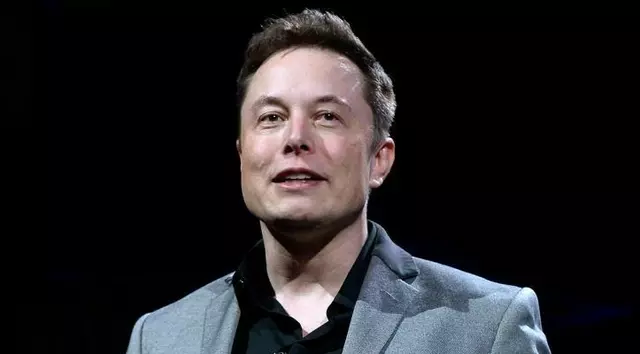


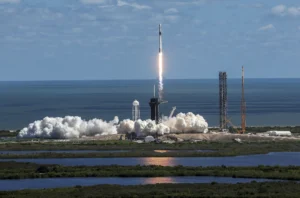




[…] Read this also: Elon Musk’s SpaceX Now Dominates Global Satellite Network with Plans for Massive Expansion […]
[…] Read this also: Elon Musk’s SpaceX Now Dominates Global Satellite Network with Plans for Massive Expansion […]
[…] Read this also: Elon Musk’s SpaceX Now Dominates Global Satellite Network with Plans for Massive Expansion […]
[…] Read this also: Elon Musk’s SpaceX Now Dominates Global Satellite Network with Plans for Massive Expansion […]